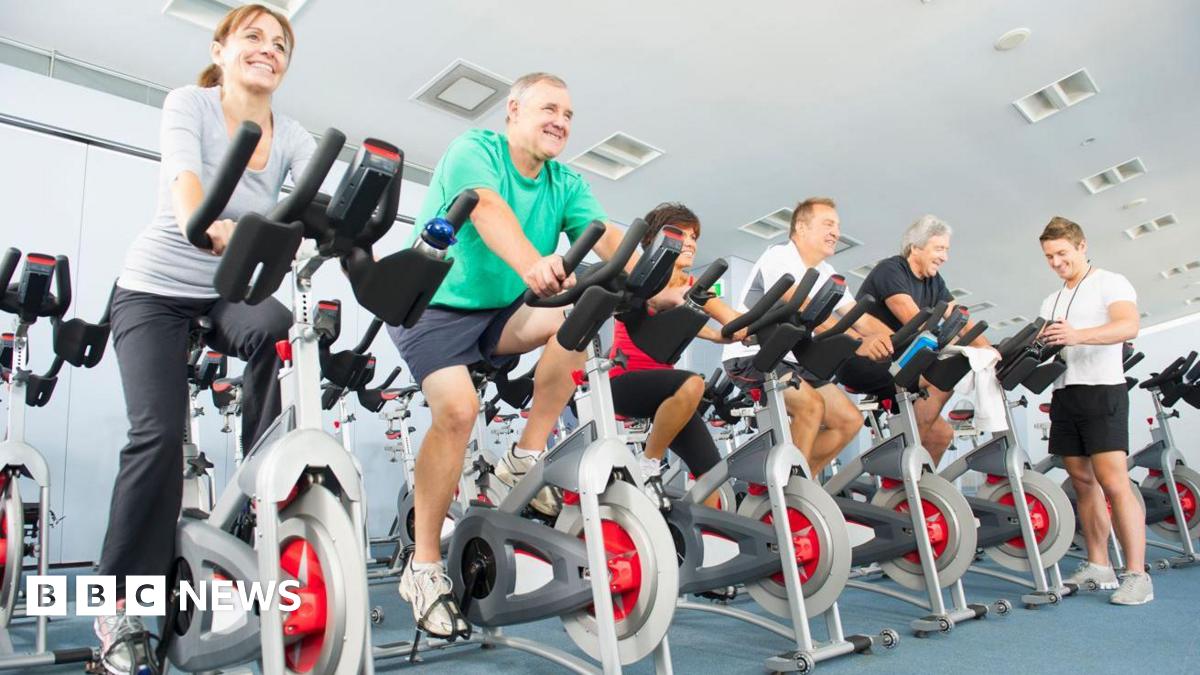The fitness world has changed vastly over the past few decades, but it has definitely become almost unrecognizable over the past five or so years, especially with the incorporation of AI into it. While there is still a lot of value in getting a trainer and an gym membership, you can now track your progress, educate yourself and get a more personalized experience without spending a lot of money, and that has helped millions of people improve their fitness journey in a way that was impossible before.
We will not even touch the world of biohacking technology, as that is a completely different field with a lot of questions and not many answers, but AI-customized workouts, wearables that track every heartbeat, or VR workouts that feel like gaming are all new tools that can help us optimize our health in ways that are efficient, accessible, and actually kind of fun.
How the fitness industry has changed and what gear is actually worth the investment
The early 2000s brought about new tech like step counters, heart rate monitoring and the first GPS trackers, but those have nothing on the current offerings by brands such as Apple, Garmin, Fitbit and WHOOP, which can give insights into everything, from steps and calories to sleep quality, stress levels, and even recovery readiness. While all this information can be overwhelming, it is also invaluable for those who take health seriously.
An expert at The FIT Partnership explains the positives of the evolution “Technology has allowed people to take ownership of their health like never before. You’re not just guessing anymore—you have real data to work with.”
And now, with the addition of AI, all this data that is collected can be interpreted for you in a very accurate way to help you plan your own workouts, learn from your performance and tailor each session to match your current level and goals. It can help you constantly adjust based on how you are doing, making sure every minute counts in this busy time of life.
“It’s like having a personal trainer who never sleeps,” says the expert
But it is not just about getting fitter the “traditional way” it is also about wellness and recovery, as advances both in science and sports medicine have warned about overexertion for years. It is now possible to know when you need to rest and what type of rest you need to get to improve your performance. Things like cryotherapy, infrared saunas, and hyperbaric chambers have made their way to the general public and are now being used more than ever, also collecting data to ensure that treatments are tailored to your needs and you can recover faster.
For the introverts, news are even better, especially after the pandemic made most of these a necessity for those going stir crazy at home. Virtual and augmented reality have made their mark on the fitness world using products like Mirror and platforms like Peloton, which can combine live coaching with a virtual community, giving you the energy of a group class without ever leaving your house. While VR-based workouts are not as popular and can be a bit more dangerous, those who like them swear by them and state that they keep things engaging and more likely to stick. And you can still get personalized feedback from a professional.
The tools are important, after all whichever device you choose can collect a ton of health metrics, from heart rate variability to sleep efficiency and help you leverage that data to help you make smarter choices, but without the help of AI, a trained professional would have to spend hours doing the work, costing you a lot of money. Now you can improve your performance with minimal help and inconvenience.




